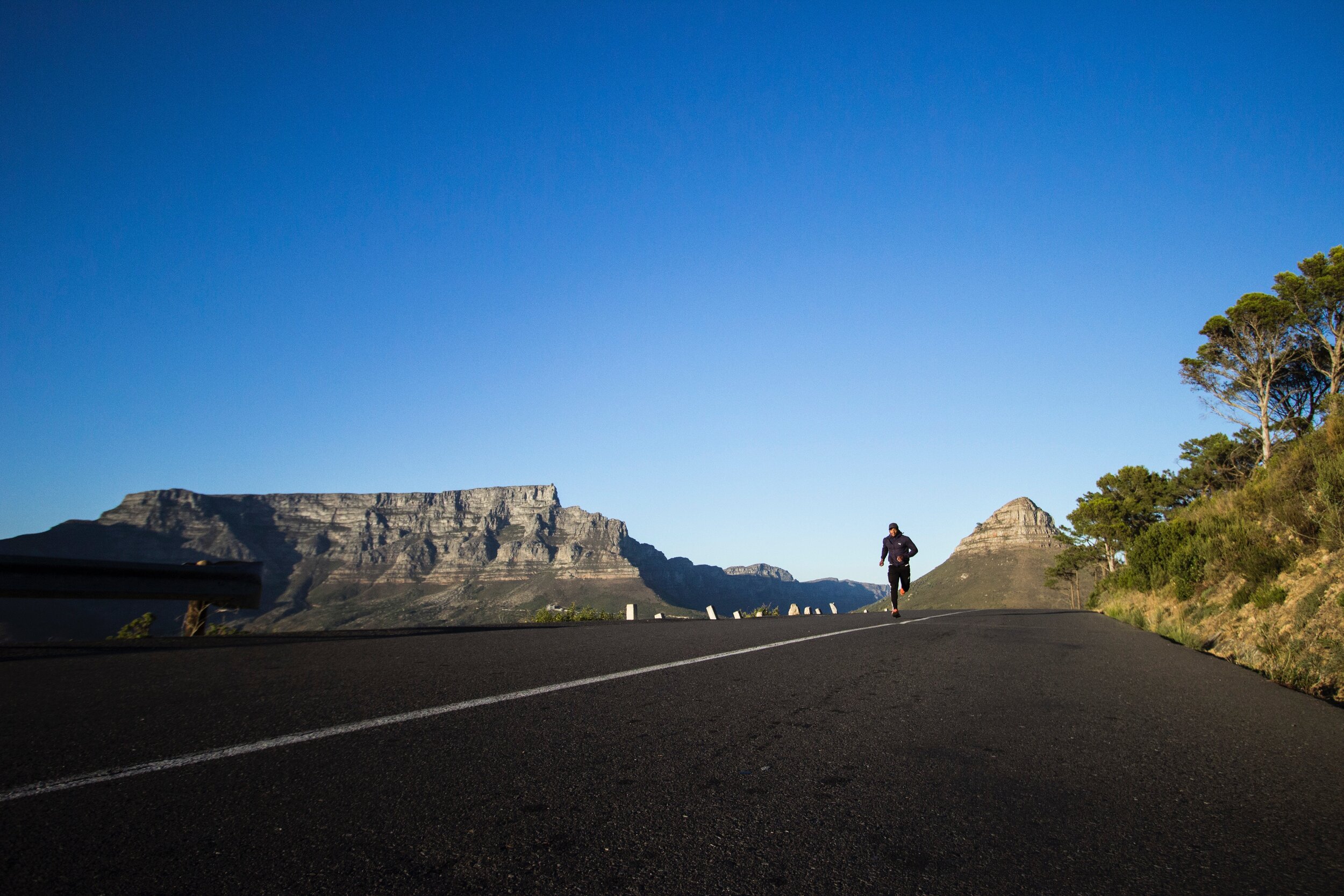Running related injuries are very common with studies reporting up to 90% of athletes reporting an injury preventing them from training or competition. Many groups including Physical Therapists are interested in reducing this injury risk through training volume modifications, shoe selection, strength training, and gait retraining. Despite popular internet opinions, research has not concluded on an ideal running gait and one size does not fit all. We do know that some factors such as vertical oscillation and peak ground reaction forces at foot strike may precipitate the development of a running related injury. Although trends are found among injured runners the relationship between heel striking and mid or forefoot striking is less clear in the healthy runner.
Clearly an inverse relationship exists between step rate (steps per minute) and stride length. On average most recreational runners self select to 160-180 steps/min while elite runners self select to 200 steps/min. Thus an elite runner utilizes more steps per minute, often with a reduced stride length and less time spent in contact with the ground. Step rate is an easy variable to alter clinically to decrease stride length and reduce ground reaction forces in the injured runner, but we have less evidence to support its’ alteration in a healthy runner. A recent study examined the correlation between self selected step frequency and the development of a running related injury.
Szymanek and colleagues in the International Journal of Sports Physical Therapy reported on a prospective study involving 381 runners who were followed for 9 months (2020). All runners were described as Department of Defense beneficiaries and included both service members and their families. All runners completed an outdoor 5K run at their self selected pace while researchers utilized motion capture, high speed cameras to analyze their gait at two points during the course. Data was collected on each runner’s training volume and injury status (pain for > 7 days). Authors reported 20% of runners sustained an injury over the 9 months, but did not find a significant difference in step rate between injured (170 steps/min) and non injured (174 steps/min) groups.
Few long term studies have examined the impact of self selected step rate on the development of running injuries. Additional studies are required to determine if modification of step rate can reduce this incidence in at risk runners.

